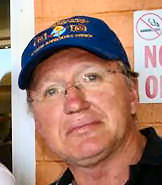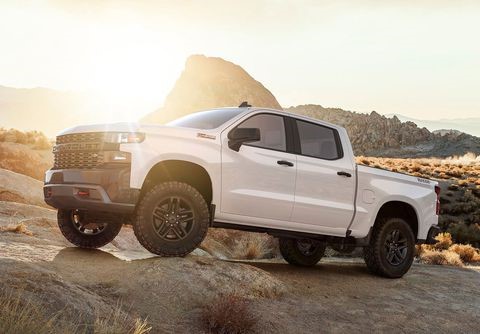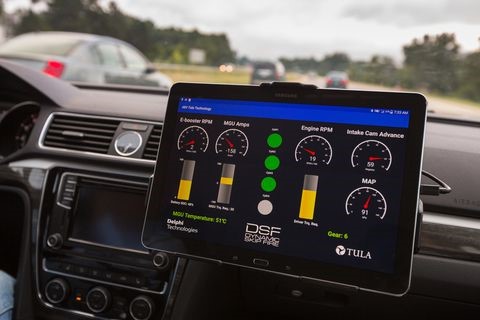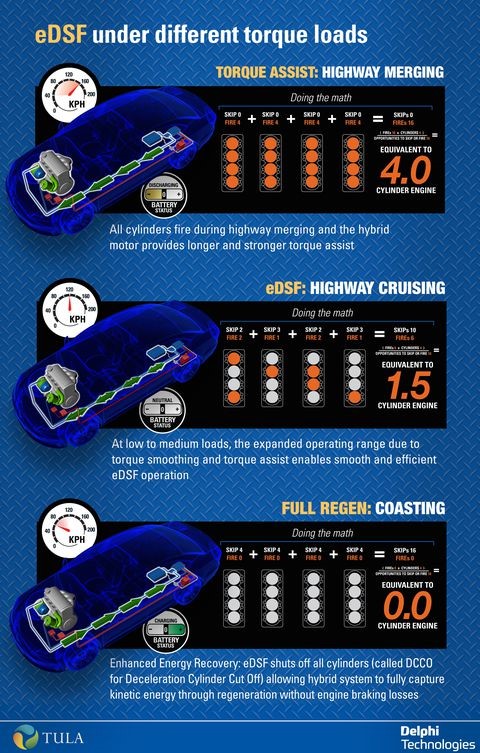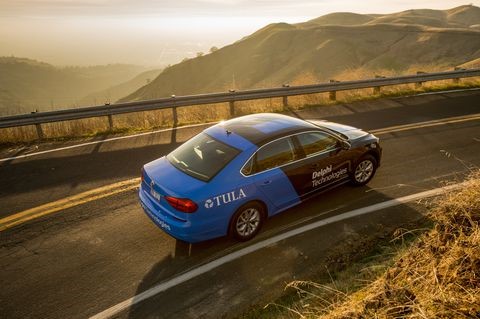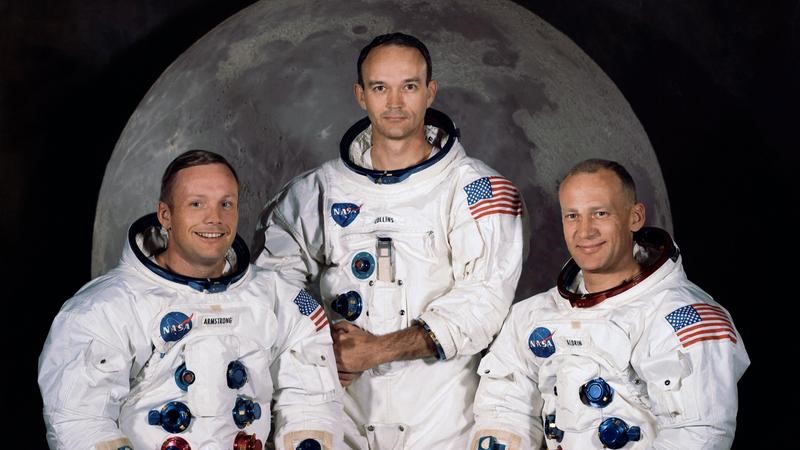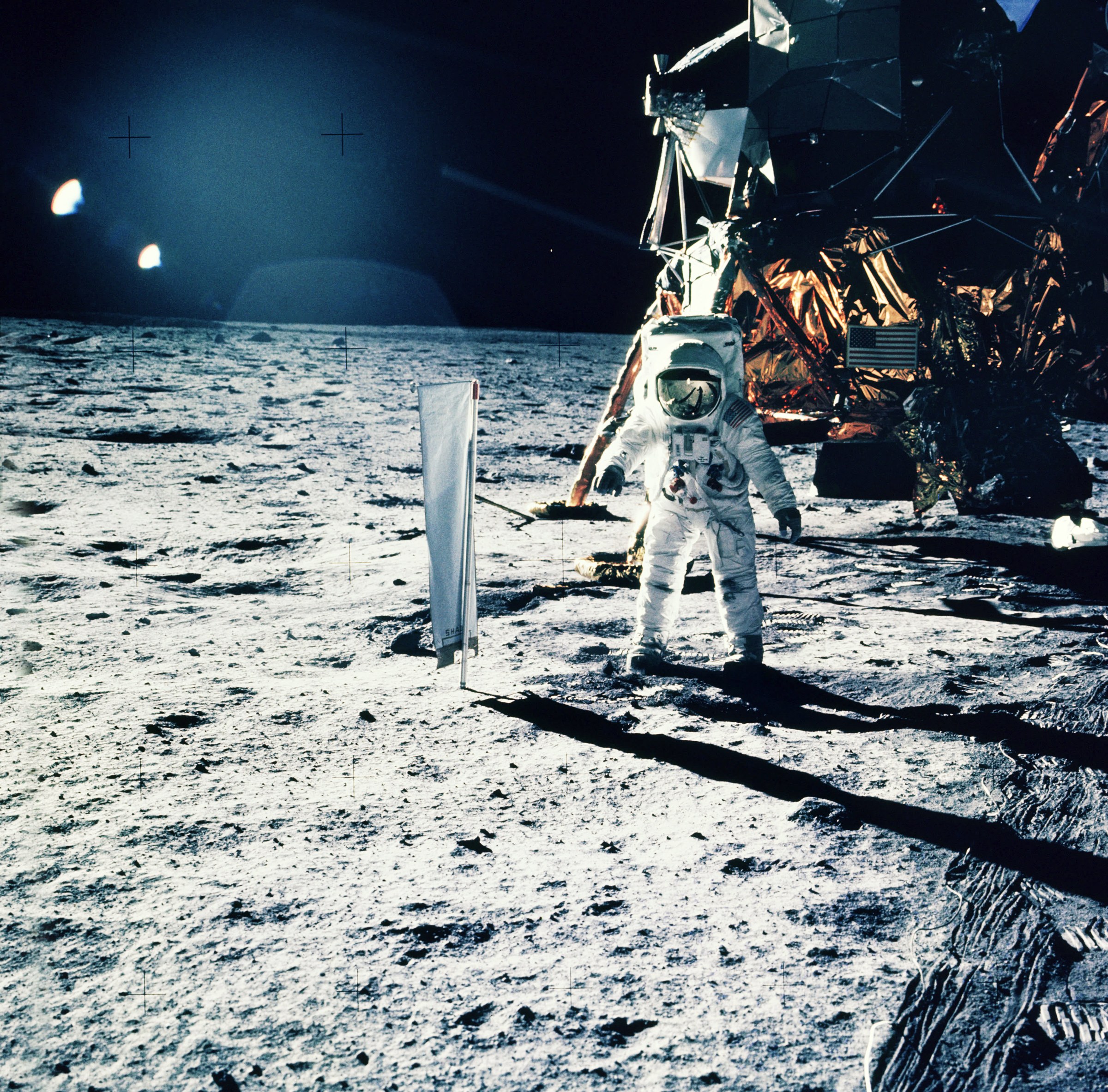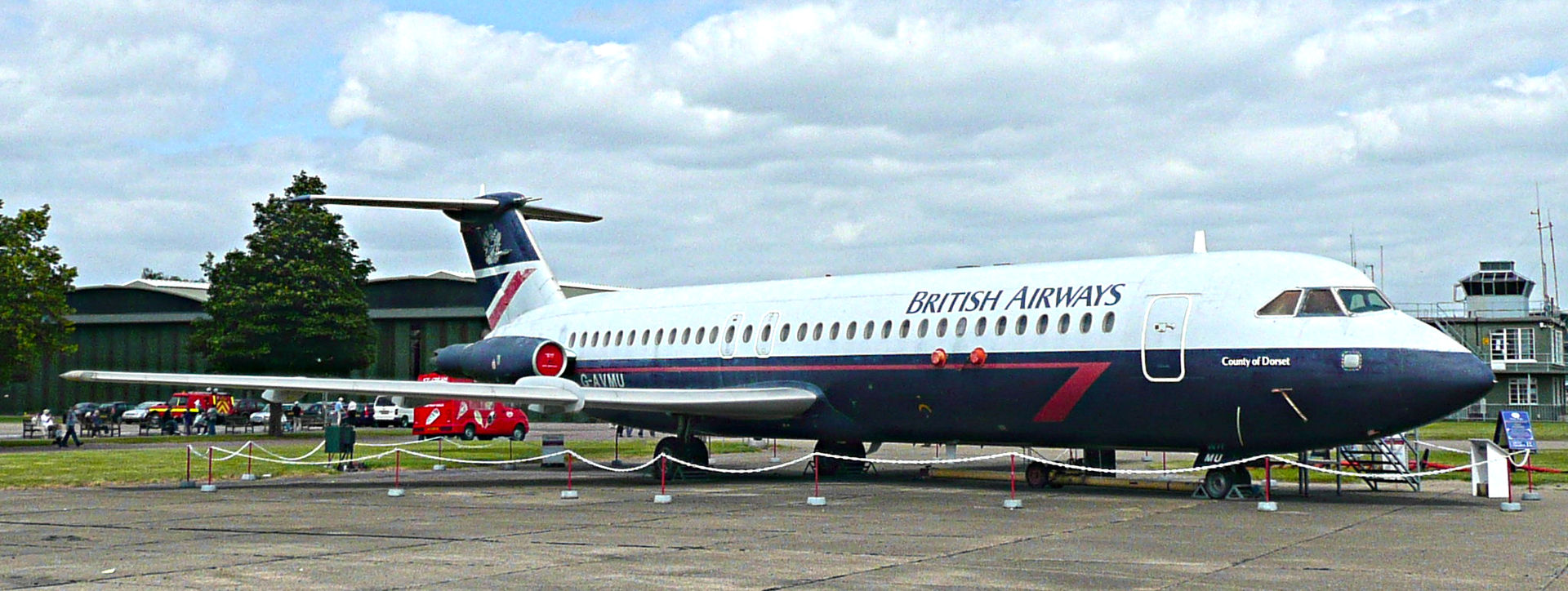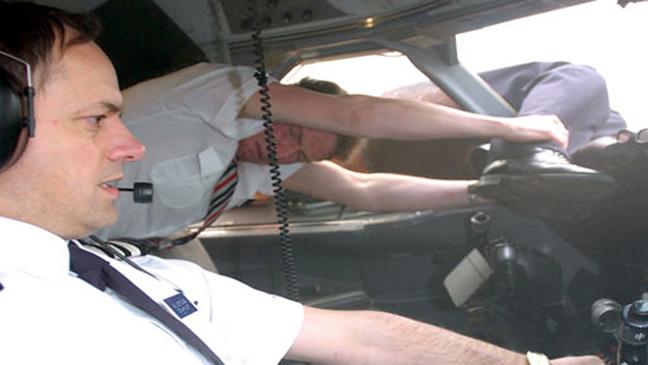|
|
||
|
||
|
Privacy Policy | Editorial Policy | Profit Policy | Join the Association | List of Members | Contact us | Index | Links |
||
|
Back Go to page: 1 2 3 4 5 6 7 8 9 10 11 12 13 14 15 16 17 18 19 20 Forward
|
||
|
Allan George’s Gems.
|
||
|
|
||
|
Perth’s Anzac Bell
Perth’s newest addition, a 6.5 tonne bell which was installed into the Perth Bell Tower to mark the centenary of Anzac, become a reality with VEEM recently completing a successful casting pour.
VEEM was heavily involved in bringing the Anzac Bell to life, from working with designers to develop 3-D printing to show the giant frieze through to test castings of decorative elements. Even though the final tuned weight will be approximately 6.5 tonnes, a total of ten tonnes of liquid bronze (80% copper and 20% tin) was needed to properly cast the ANZAC Memorial bell, which was undertaken on the 3rd of August.
Representatives from the Bell Tower, the Minister for Culture and the Arts and the MP for Jandakot were present at the pour as well as the RSL and the Royal Australian Navy, as the senior service of the Australian Defence Forces.
The Anzac Bell is the first of its sort to be cast in Australia and it will be the largest swinging bell in the Southern Hemisphere. It is expected to last over 500 years and would be a lasting legacy to acknowledge the Anzac centenary.
The Perth Bell Tower is currently home to 17 bells which are made up of 12 bells from St Martin-in-the-Fields and 5 bells from the London diocese of the Church of England. These bells were gifted to Western Australia as part of the nations bicentennial celebrations in 1988.
See a video of the installation HERE
How Smarter Cylinder-Skipping will make petrol engines better.
Because sometimes your V8 doesn't need all that power.
Far from the car industry's heart in Detroit, Silicon Valley startup company Tula Technology is gearing up for the first product launch of its 10-year history. In all that time, Tula has been working on one thing: Dynamic Skip Fire (DSF), a way to rapidly stop and restart engine cylinders individually based on the driving conditions of every individual moment.
“We're unique in Silicon Valley in that we are an internal combustion controls company,” says John Fuerst, Tula's senior vice president of engineering. Like several at Tula, Fuerst used to work at Delphi Technologies, a major parts supplier to the auto industry, but the promise of DSF was enough to lure him away from the traditional to the cutting edge.
Old Idea, New Tech.
It doesn't take all your engine's might to push your car all the time. In fact, 28 horsepower is all that's needed to move a 2½ tonne GMC Yukon Denali down the highway at 65 miles per hour, says Vijay Srinivasan, senior noise and vibration engineer at Tula. That's a fraction of the 6.2L V8's 403 horsepower, which means there's no need for the engine to run at peak capacity.
DSF's software determines how much torque the vehicle needs and—as often as 200 times per second on an eight-cylinder engine and 100 times per second on a four-cylinder—it shuts down every unnecessary cylinder in order to save fuel. Chugging steadily along in traffic, your 6.2L V8 can momentarily become a fuel-sipping 1.6L two-cylinder, and then later maybe a 3.9L five-cylinder, and then maybe a 0.8L one-cylinder. Next year, DSF debuts on 2019 Chevrolet Silverados and GMC Sierras with 5.3L and 6.2L V8s.
Of course, cylinder deactivation systems aren't new. Basic versions came around in the 2000s, but those simpler setups are binary: Either all the engine cylinders are running or half of them are and there's not a lot of rapid switching back and forth. For example, V6 will shut down one row of cylinders, an 4cyl will shut down the inner two cylinders and a V8 will shut down the inner cylinders on one row and the outer cylinders on the other row.
Those combinations in the older systems are based on which cylinders, running together, create the least engine vibration. There are a few exceptions, for example Ford's new-for-2018 EcoBoost 1.5L 3cyl can deactivate one cylinder and Honda's J35Z2 3.5L V6 in 2008-2012 Accords could go from six to four to three cylinders, but only certain cylinders can be switched off. In rare situations, they can use other combinations that would create even less vibration or more accurately meet the power demands, but these computers don't have free reign to pick and choose any combination of cylinders they want.
That's where DSF differs. It can pick any combination of cylinders, calculating which ones pumping away together would create the least combined noise and vibration for that moment's driving conditions. For every 90 degrees that the crankshaft turns on a V8 or every 180 degrees on an 4cyl, DSF is making a decision. How many cylinders to run is based upon how much torque the vehicle needs at that moment and which cylinders to run depends on how they interact with each other to cause noise, vibration, and harshness.
Picking the Right Cylinders.
If DSF decides it needs four cylinders' worth of power to cruise through town, it can also figure out that cylinders 1, 4, 7, and 8 is the smoothest-running combination at that moment. Under different circumstances it might choose four other cylinders, or more than four. Accelerating under most conditions, DSF will fire all cylinders. Maintaining 70 miles per hour under light throttle, it could turn off all but one cylinder. Lift your foot off the throttle and all the cylinders deactivate.
Tula claims up to an 18 percent fuel efficiency boost, depending on the vehicle and situation. For eight-cylinder engines, the company's target is for DSF to reduce fuel consumption by about 15 percent. For four-cylinders, eight percent. Tula says there's little point in adapting DSF to anything with less than four cylinders.
“We've done some development on three-cylinders,” says Fuerst, “but the benefit goes down as displacement and cylinder count go down. On a three-cylinder we'd be targeting about a three-percent fuel consumption benefit.”
General Motors' upcoming Chevy Silverado and GMC Sierra offer DSF on conventional petrol-only powertrains, however, DSF was designed to play well with petrol-electric hybrids and autonomous cars and across a broad range of engine layouts. Every OEM that licenses the DSF patent from Tula will be able to make proprietary tweaks to integrate it with their engine control systems.
“Early in the next decade, we expect several more launches,” Fuerst says. “We're working with customers in all regions of the world, and we're looking at V8s and sixes and fours.”
The Uncertain Future of Internal Combustion.
As electrified cars become the norm, Tula still sees a long road ahead for the internal combustion engine. No one agrees on how long, but everyone agrees it'll be measured in decades. Even though the headlines say “Toyota predicts ICE dead by 2050,” Toyota's full quote read that 10 percent of new cars will be ICE/electric hybrids.
The non-profit International Council on Clean Transportation says that's too optimistic. It estimates that, at most, 80 percent of new vehicles by 2050 will be electric, and that between now and then 3 billion ICE vehicles will be built. Mazda flat-out says it'll be selling ICE well beyond 2050.
No matter how long it lasts, automakers will continue throwing weight behind technologies like DSF to wring every ounce of efficiency out of internal combustion before it (fittingly) goes the way of the dinosaurs.
My opinion - don't put your money on them being phased out in the near future.
|
||
|
Lucky escape.
A video that has gone viral on the webernet is of course, 100% fake. It shows an aircraft on finals at Hong Kong airport when it gets thoroughly confused and is tossed around in very turbulent air. The pilot remains super calm, gains control of the aircraft and plonks it on the ground in a text book landing. The second part of the video, which shows passengers leaving the aircraft by the slide is real, but not associated with the first bit. Different aircraft, different airport, different time.
Although fake, it hooked in over 4,000,000 viewers on Facebook where people left comments such "This pilot needs a medal or something. True hero saving everyone."
It's worth watching though - you can see it HERE..
|
||
|
|
||
|
Do you ever wake up, kiss the person sleeping beside you and feel glad that you are alive? I just did and apparently will not be allowed on this airline again.
|
||
|
Girls - How to look your best - Army!
Back in 1955, the Army produced a small film titled "Look your best" which was designed to show its women members how to still look attractive in uniform.
You can see it here. |
||
|
|
||
|
Brain Freeze.
One second you're gulping down a plate of the most delicious ice-cream you've ever had and the next, your head is throbbing in horrendous pain. All good things must come to an end, they say, but why does it have to be such a terrible one? The mind-aching side effect of indulging just a little too much in your favourite icy treat actually has a scientific name: Sphenopalatine ganglion neuralgia.
While "sphenopalatine ganglion neuralgia" probably means nothing to you, it means a lot to doctors and researchers that have spent time trying to understand why brain freezes happen. When you place something ice-cold in your mouth and let it come in contact with your soft palate, it touches a small bundle of nerves near the back of your mouth. This group of nerves we can all thank for the brain freeze effect is called the sphenopalatine ganglion, or SPG. It's sensitive to changes in temperature and when it's stimulated by an icy treat, it causes a headache.
The stark and painful reaction to cold is actually a biological reaction to keep your brain at the right temperature. When you drink or eat something too cold, it rapidly cools the area at the back of your throat, which is home to the junction of two important blood vessels:
It's also where you'll find the SPG. The temperature shock causes these arteries to rapidly dilate and contract, which triggers the SPG and sends a message to your brain through the trigeminal nerve to let it know that you're experiencing pain. The pain of brain freeze isn't in your brain, as the brain doesn't have any pain-sensing fibres, however, receptors in the outer covering of the brain, called the meninges, do. That's why brain freeze will often occur somewhere completely separate from your mouth: This nerve signal travels all the way to the meninges on the top of your head, causing a painful headache.
All this seemingly misplaced pain is just your head trying to figure out what's going on. Biologically speaking, this pain response is similar to what people going through a heart attack feel. During a heart attack, you don't feel like your heart is hurting; rather, it's your shoulder and your left side that hurt. This transferred pain is a result of your brain doing its best to interpret and communicate what's wrong using the pain sensors it has.
In the case of brain freeze, this headache reaction is useful: It keeps us from eating more ice cream, thus keeping the brain's temperature at a healthy state. The brain usually likes to stay in a resting range of 37 to 38 degrees Celsius but it can get much colder without damage under supervision. Surgeons will often chill the brain to 20 degrees Celsius to correct circulation and other brain issues with no lasting damage, but all under sedation. Ultimately, the SPG is in place to help protect the brain from slipping out of its optimal state, but it can handle the shock for a little while. If you can deal with the skull-aching pain of a brain freeze, you can keep eating if you'd like.
Now that you understand a little more about the functionality and cause of brain freeze, how do you stop it? The best method for treating brain freeze once you have it is to press your tongue or thumb on the roof of your mouth. The heat of your tongue or thumb rapidly warms the SPG, which then tells the brain to stop the pain response. You can also cover your mouth and nose and breathe into your hands to circulate warm air, which can also raise the temperature of your soft palate. You can also try and prevent brain freeze in the first place. Try eating the cold food near the front of your mouth, away from the SPG, or just enjoy it more slowly to give your palate time to adjust.
You can see more info on Brain Freeze’s below: |
||
|
|
||
|
|
||
|
Growing Old! First you forget names, then you forget faces, then you forget where you live, then you forget to zip up your fly and then you forget to unzip your fly.
|
||
|
Woolies' big plan to get rid of checkouts.
Woolworths is trialling new technology that may see the end of checkouts, self-service or otherwise, altogether.
At their Double Bay store in Sydney, the supermarket giant is letting customers try a new "scan and go" system, which Woolies say could potentially "transform the shopping experience". Thousands of shoppers who have signed up to its loyalty program will be able to downland a special app to their phones.
Customers can then choose their products, scan the barcode through their phone and then directly drop the items into their bags. There will be special scales to weigh fruit and veg, which will display a barcode that can be scanned and give the correct price into the app.
|
||
|
|
||
|
When customers are finished shopping, they have to do one final scan at a terminal near the exit. The app will figure out the total price and automatically subtract the amount from a linked card.
Woolworths head of payments, Paul Mannington, said customers wanted the company to make shopping more convenient.
"We believe smartphone technology and mobile payments have the potential to transform the shopping experience for our customers in the future. This trial is not only about testing new technology, it's also about seeing how our customers and teams respond to a completely new style of shopping." Mr Mannington said customers could still pay the normal way at Double Bay.
When the trial finishes, he said Woolies will "assess future options". Woolies isn't the first in the world to try out scan and go technology. Amazon has opened a few "Amazon Go" stores which employs the same concept, however, Woolworths says it's the first in Australia to trial the new technology.
Newcastle.
If you’ve ever lived in Newcastle, or even if you still do, you might be interested in this small video which was produced by Screen Australia back in 1945. It shows Newcastle City and its environs and how Newcastle was built on the miners' back. It shows how most worked, leisured, lived and enjoyed themselves in those simpler, non slip-slop-slap times. There have been a lot changes since this film was made.
You can see it below:
|
||
|
|
||
|
|
||
|
Apollo 11
When Apollo 11 astronauts performed their final descent to the moon 49 years ago, they almost didn't make it. Neil Armstrong and Buzz Aldrin were just a few minutes from a historic landing when their spacecraft's computer got overloaded. A quick decision by a smart computer engineer saved the day.
|
||
|
|
||
|
Neil Armstrong, Michael Collins, Edwin Aldrin.
|
||
|
In the late 1960s, NASA and the Soviet Union were engaged in a race to send humans to the moon first. Why? A lot of it was wrapped up in political prestige — the first nation to reach the moon would be recognized the world over for their powerful technology, plus, a moon landing was a great chance to stimulate the economy and invent new technologies.
NASA's moon program was called Apollo and it actually consisted of many missions. Some of them were engineering missions to test out the spacecraft, while others were exploration missions that did real and simulated moon landings. The first moon landing was designated as Apollo 11, which set its target on the Sea of Tranquility near the moon's equator. On July 20, 1969, the world watched as the Apollo 11 astronauts began their descent on this extra-terrestrial world.
Apollo 11 was made up of two spacecraft. The command/service module was designed to bring the crew all the way to the moon and then back again, through the fiery re-entry of Earth's atmosphere. It was called Columbia and was commanded by Michael Collins, who stayed behind while his crewmates went to the surface.
The other spacecraft was a lunar module called Eagle, commanded by Neil Armstrong and co-piloted by Edwin "Buzz" Aldrin. Eagle was designed to fly to the moon's surface and then back again to Columbia — that is, as long as Armstrong and Aldrin could do so safely.
Eagle was in its automatic descent to the surface when one of the astronauts sent a cryptic message: the computer on board was showing a "1202 alarm." The astronauts weren't sure what this alarm meant, because it was obscure and computers weren't very user-friendly back then. But engineers on the ground knew a 1202 meant the computer was overloaded.
You can get a sense of what the engineers were thinking in a 1994 perspective of the alarm on the Apollo Lunar Surface Journal from Fred Martin, who was part of Intermetrics Inc. and involved in the Eagle computer design. "The alarms continued to appear at intervals of approximately 10 seconds," Martin recalled in his account. "Everyone was tense and anxious." A NASA software engineer called Jack Garman made the "gutsy call" to tell Mission Control to push on, Martin said. Garman's instinct was based on his experience with the system; he felt that if the computer wasn't making certain calculations, they weren't necessary for the landing. With NASA and the world holding its breath, the astronauts made their way to the surface, alarms blaring. Just moments before touching down, Armstrong took over the computer's control and manually steered Eagle to a safe landing on the 20th July, 1969.
The world erupted in celebration, but NASA, business-like and anxious for its astronauts' safety, called Intermetrics about 10 seconds after Eagle was secured on the surface. "What were those alarms? We're launching [from the moon] in 24 hours and we're not going with alarms," Martin recalled them saying. It took some simulations and some old-school printouts to figure out the cause, but it was traced back to one astronaut not putting a switch in the correct position before landing. Eagle's lift-off from the moon, happily, had no such alarms.
Everyone remembers where they were on that day, and If you want to relive that wonder time you can watch a NASA movie of the moon landing HERE.
|
||
|
The Flagpole. Dennis and Bomber, two Navy guys, were standing at the base of a flagpole, looking up. A woman walked by and asked what they were doing. We’re supposed to find the height of the flagpole,” said Bomber, “But we don’t have a ladder.” The woman said, “Hand me that wrench out of your toolbox.” She loosened a few bolts, and then laid the pole down. She then took a tape measure from their toolbox, took a measurement and announced, “Eighteen feet, six inches” and walked away. Dennis shook his head and laughed, “Well, ain’t that just like a ‘Miss-know-it-all woman’" he said, “We need the height and she gives us the length!” |
||
|
|
||
|
British Airways Flight 5390
Shortly after British Airways Flight 5390 left Birmingham Airport in England for Málaga Airport in Spain on 10 June 1990, an improperly installed windscreen panel separated from its frame, causing the plane's captain to be blown partially out of the aircraft. With the captain pinned against the window frame for twenty minutes, the first officer managed to land at Southampton Airport with no loss of life.
|
||
|
|
||
|
The aircraft was a BAC One-Eleven Series 528FL jet airliner. The captain was 42-year-old Tim Lancaster, who had logged 11,050 flight hours; the co-pilot was 39-year-old Alastair Atchison, with 7,500 flight hours. The aircraft carried 81 passengers.
Atchison handled a routine take-off at 08:20 local time then handed control to Lancaster as the plane continued to climb. Both pilots released their shoulder harnesses and Lancaster loosened his lap belt. As the aircraft climbed through about 17,300 feet and the cabin crew were preparing for meal service. Flight attendant Nigel Ogden was entering the cockpit when there was a loud bang and the cabin quickly filled with condensation. The left windscreen panel, on Lancaster's side of the flight deck, had separated from the forward fuselage; Lancaster was propelled out of his seat by the rushing air from the decompression and forced head first out of the flight deck.
His knees were caught on the flight controls and his upper torso remained outside the aircraft, exposed to extreme wind and cold. The autopilot had switched off, causing the plane to descend rapidly. The flight deck door was blown inward onto the control console, blocking the throttle control (causing the aircraft to gain speed as it descended) and papers and debris blew into the flight deck from the passenger cabin. Ogden rushed to grab Lancaster's belt, while the other two flight attendants secured loose objects, reassured passengers, and instructed them to adopt brace positions in anticipation of an emergency landing.
The plane was not equipped with oxygen for everyone on board, so Atchison began a rapid emergency descent to reach an altitude with sufficient air pressure. He then re-engaged the autopilot and broadcast a distress call, but he was unable to hear the response from air traffic control because of wind noise; the difficulty in establishing two-way communication led to a delay in initiation of emergency procedures. Ogden, still holding on to Lancaster, was by now developing frostbite and exhaustion, so chief steward John Heward and flight attendant Simon Rogers took over the task of holding on to the captain.
By this time Lancaster had shifted several inches further outside and his head was repeatedly striking the side of the fuselage. The crew believed him to be dead, but Atchison told the others to keep hold of him because his body might fly into the left engine and damage it.
Eventually Atchison was able to hear the clearance from air traffic control to make an emergency landing at Southampton Airport. The flight attendants managed to free Lancaster's ankles from the flight controls while still keeping hold of him. 35 minutes after taking off, the aircraft landed at Southampton and the passengers disembarked using boarding steps.
Lancaster survived with frostbite, bruising, shock, and fractures to his right arm, left thumb and right wrist. Ogden dislocated his shoulder and had frostbite on his face, with damage to one eye. There were no other major injuries. Lancaster returned to work after less than five months and retired from commercial piloting in 2008.
Investigators found the windscreen panel and many of the 90 bolts securing it, on the ground near Cholsey, Oxfordshire. They found that when the windscreen was installed 27 hours before the flight, 84 of the bolts used were 0.026 inches (0.66 mm) too small in diameter and the remainder were 0.1 inches (2.5 mm) too short. The previous windscreen had also been fitted using incorrect bolts, which were replaced by the shift maintenance manager on a like-for-like basis without reference to maintenance documentation, as the plane was due to depart shortly. The undersized bolts were unable to withstand the air pressure difference between the cabin and the outside atmosphere during flight. The windscreen was not of the "plug" type – fitted from the inside so that cabin pressure helps to hold it in place – but of the type fitted from the outside so that cabin pressure tends to dislodge it.
Investigators found the shift maintenance manager responsible for installing the incorrect bolts and for failing to follow British Airways policies. They recommended that the CAA recognise the need for aircraft engineering personnel to wear corrective glasses if prescribed. They also faulted the policies themselves, which should have required testing or verification by another individual for this critical task. Finally, they found the local Birmingham Airport management responsible for not directly monitoring the shift maintenance manager's working practices.
You can watch an informative video of the incident below. |
||
|
|
||
|
Round Engines.
We’ve got to get rid of those turbines, they’re ruining aviation and our hearing. A turbine is too simple minded, it has no mystery. The air travels through it in a straight line and doesn’t pickup any of the pungent fragrance of engine oil or pilot sweat. Anybody can start a turbine , you just need to move a switch from “OFF” to “START” and then remember to move it back to “ON’ after a while. My PC is harder to start.
Cranking a round engine requires skill, finesse and style. You have to seduce it into starting. It’s like waking up a horny mistress. On some planes the pilots aren’t even allowed to do it. Turbines start by whining for a while then give a ladylike “poof” and start whining a little louder. Round engines give a satisfying rattle-rattle, click-click, BANG, more rattles, another BANG a big macho FART or two, more clicks, a lot more smoke and finally a serious low pitched roar. We like that. It’s a GUY thing.
When you start a round engine your mind is engaged and you can concentrate on the flight ahead. Starting a turbine is like switching on a ceiling fan, useful, but hardly exciting. When he has started his round engine successfully, your Engineer looks up at you like he’d let you kiss his girl, too!
Turbines don’t break or catch fire often enough, which leads to aircrew boredom, complacency and inattention. A round engine at speed looks and sounds like it’s going to blow at any minute, this helps concentrate the mind! Turbines don’t have enough control levers or gauges to keep a pilot’s attention. There’s nothing to fiddle with during long flights.
Turbines smell like a Boy Scout camp full of Coleman Lamps, round engines smell like God intended machines to smell.
|
||
|
|
||
|
Somewhere in the wet!
|
||
|
Finally! Now I understand why cars have these things.
|
||
|
|
||
|
|
||
|
|
||
|
|
||
|
|
||
|
Velly Intelesting – but stupid!!!!
|
||
|
|
||
|
|
||
|
|
||
|
Back Go to page: 1 2 3 4 5 6 7 8 9 10 11 12 13 14 15 16 17 18 19 20 Forward |
||
|
|

